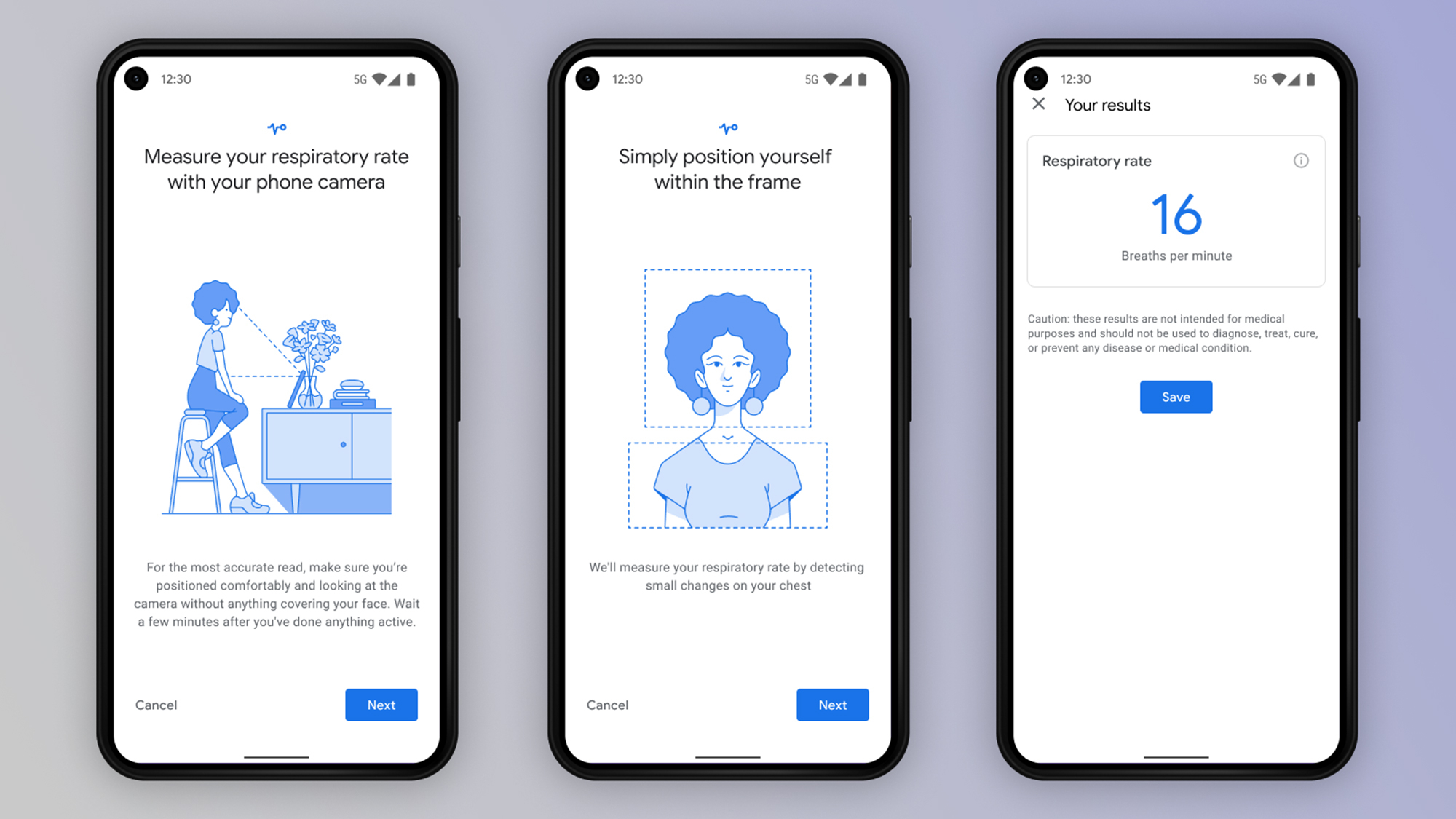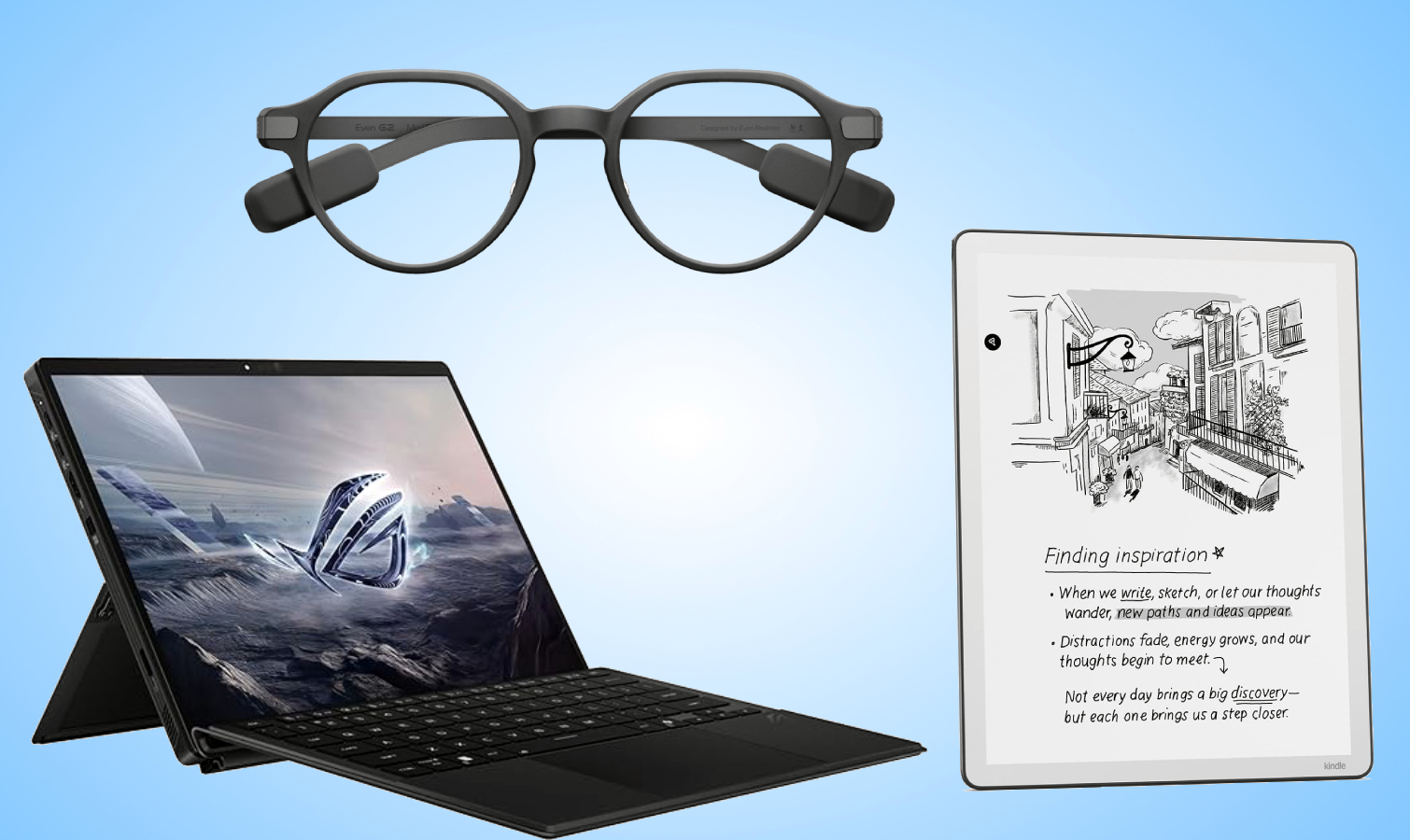Google Pixel phones can now read your heart rate — here’s how it works
Pixel smartphone cameras will soon be able to measure your heart and respiratory rates

Pixel phones will soon be able to offer users respiratory rate and heart rate readings through their smartphone's cameras. On the tail of a finalized Fitbit acquisition, Google just announced a Google Fit upgrade that will brings these vital-measuring features to the company's non-wearable mobile devices next month.
These camera-based vitals give people who don't own a Fitbit or other Wear OS smartwatch a way to periodically check their health data at home. With this update, the Pixel's front-facing camera will use a combination of your chest movement patterns and AI to provide a respiratory reading that Google says is accurate within one breath per minute.
- The best Fitbit for you
- Everything we know about the rumored Pixel Watch
- Plus: Samsung Galaxy S21 Ultra zoom tested - so good iPhone 13 should be worried
Meanwhile, the rear camera will be able to recognizing subtle color changes in your skin when your fingertip is held over the lens, thus offering a pulse reading. According to Google, the algorithm is accurate within 2% based on the company's testing.
It's important to note that the Google Fit team tested these features on a wide range of skin tones. In the past Google's biometric scanners have struggled with racial bias, so it's reassuring to learn the team collected diverse data for its vital-measuring algorithms.

Users will be able to take readings in the Google Fit app. The UI will walk you through positioning your phone so you're properly in-frame. As far as privacy is concerned, your recording isn't saved anywhere. Only the final measurement is added to your Google Fit dashboard.
These measurements aren't intended to replace visiting the doctor or any other FDA-approved health tool you use on a normal basis. You're encouraged to keep tabs on your readings so you know how to identify an irregular measurement and seek medical help if needed.
Google isn't the first company to leverage smartphone cameras for health measurements. Amazon's Halo activity tracker and wellness service takes you BMI readings through your phone's front-facing camera. However, using this feature requires owning the physical Amazon Halo band.
Get instant access to breaking news, the hottest reviews, great deals and helpful tips.
The benefit to Halo band, or any other of the best Fitness trackers or best smartwatches, is the continuous measurement of certain vitals. Manual tests will be required to take heart or respiratory rate readings through a Pixel camera.
If you're interested in learning more about your body and overall wellness, a wearable has more capabilities than your phone. That said, this Google Fit upgrade gives people who can't afford or don't want a wrist-based device an accessible alternative for checking their vitals.
The new feature will make the Pixel's already-great camera even more capable when it goes live next month. Google is working on bringing these new Google Fit tools to the app on out-of-brand smartphones, too. So one question remains: Do these camera-based vitals brings us any closer to a Google Pixel Watch?

Kate Kozuch is the managing editor of social and video at Tom’s Guide. She writes about smartwatches, TVs, audio devices, and some cooking appliances, too. Kate appears on Fox News to talk tech trends and runs the Tom's Guide TikTok account, which you should be following if you don't already. When she’s not filming tech videos, you can find her taking up a new sport, mastering the NYT Crossword or channeling her inner celebrity chef.
